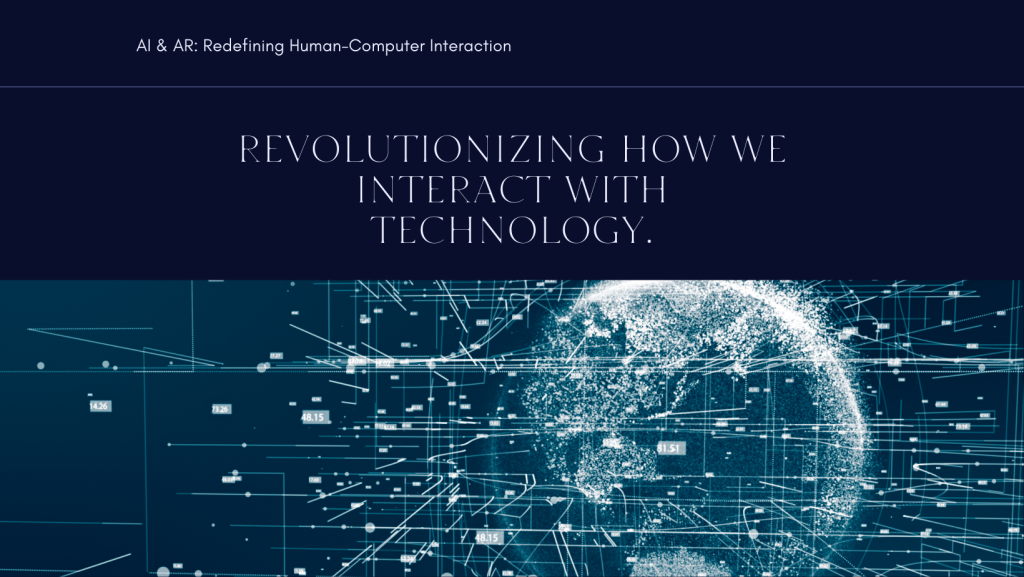The convergence of Artificial Intelligence (AI) and Augmented Reality (AR) represents a significant milestone in the evolution of human-computer interaction, unlocking new possibilities for how we perceive and interact with digital information in the physical world. By harnessing the power of AI algorithms and AR technologies, developers can create more immersive, intelligent, and intuitive experiences that blur the line between the virtual and real worlds.
One of the key benefits of combining AI and AR is the ability to create context-aware applications that understand and respond to the user’s environment in real-time. AI algorithms can analyze sensory data from AR devices, such as cameras and sensors, to identify objects, surfaces, and spatial features in the user’s surroundings. This enables AR applications to overlay virtual content seamlessly onto the physical world, creating immersive experiences that feel natural and intuitive.
AI-driven AR also has the potential to enhance productivity and efficiency in various industries by providing workers with real-time information and guidance in their field of view. For example, in manufacturing and maintenance settings, technicians can use AR glasses equipped with AI algorithms to access schematics, instructions, and troubleshooting guides without having to consult external sources. This not only streamlines workflows but also reduces the risk of errors and improves job performance.
Moreover, AI-powered AR has significant implications for the field of remote assistance and collaboration. By enabling users to share their augmented view of the world with remote experts in real-time, AI-driven AR systems facilitate seamless communication and knowledge transfer across geographical distances. This is particularly valuable in industries like healthcare, where surgeons can consult with specialists during complex procedures, or in field service settings, where technicians can receive remote guidance from experienced colleagues.
As AI and AR technologies continue to advance, the possibilities for their integration are virtually limitless. From creating immersive entertainment experiences to revolutionizing industries like manufacturing, healthcare, and education, AI-driven AR is redefining how we interact with digital information and the world around us. By combining the intelligence of AI with the visual richness of AR, developers can create experiences that are more intuitive, engaging, and impactful than ever before.


